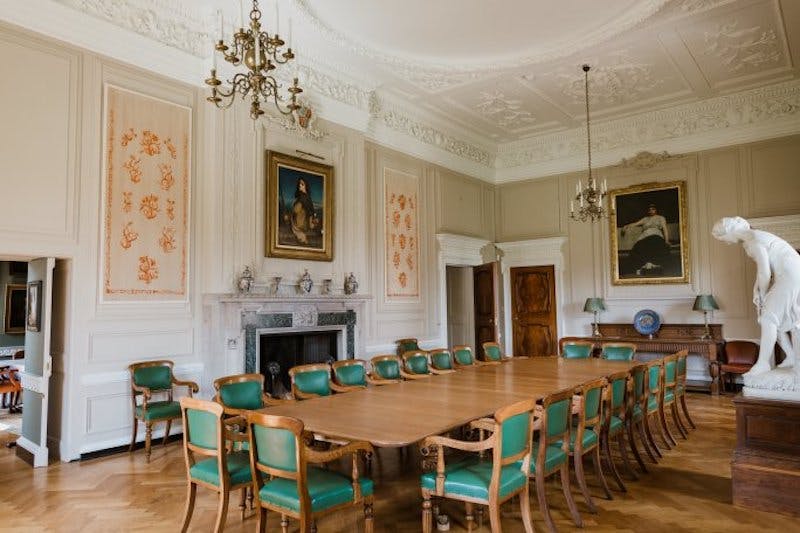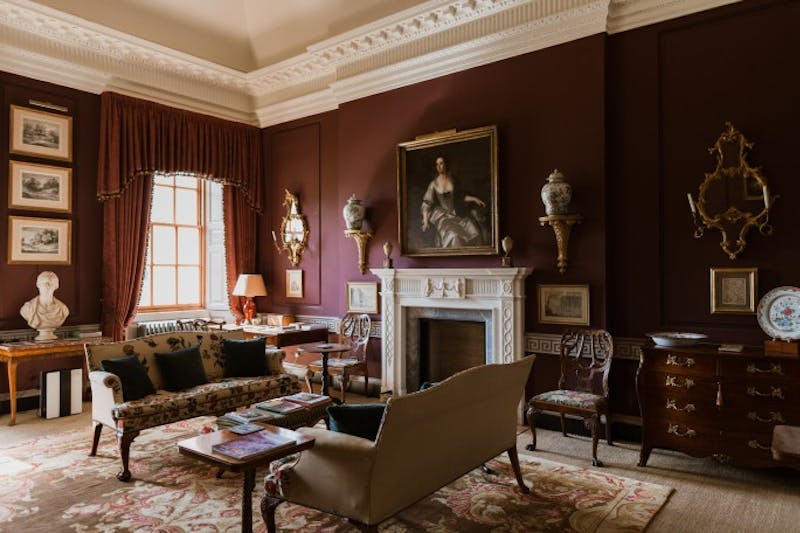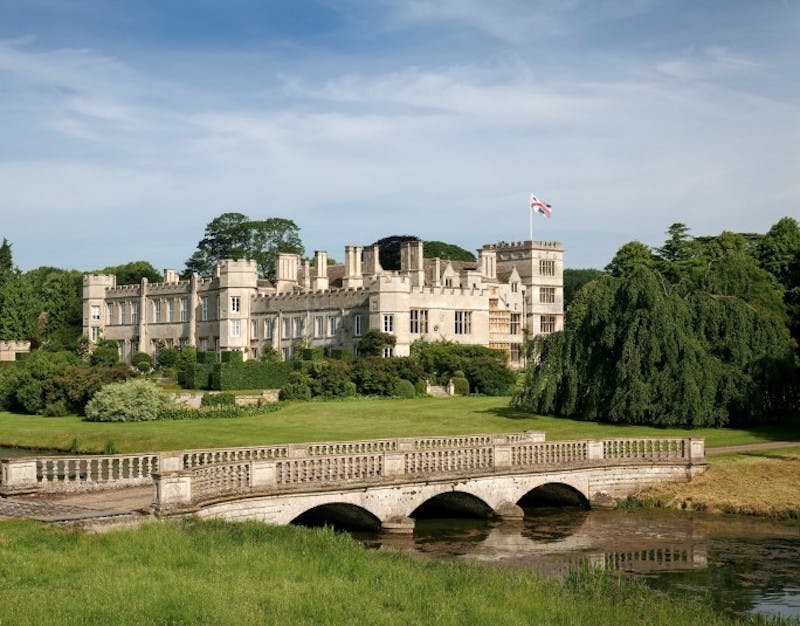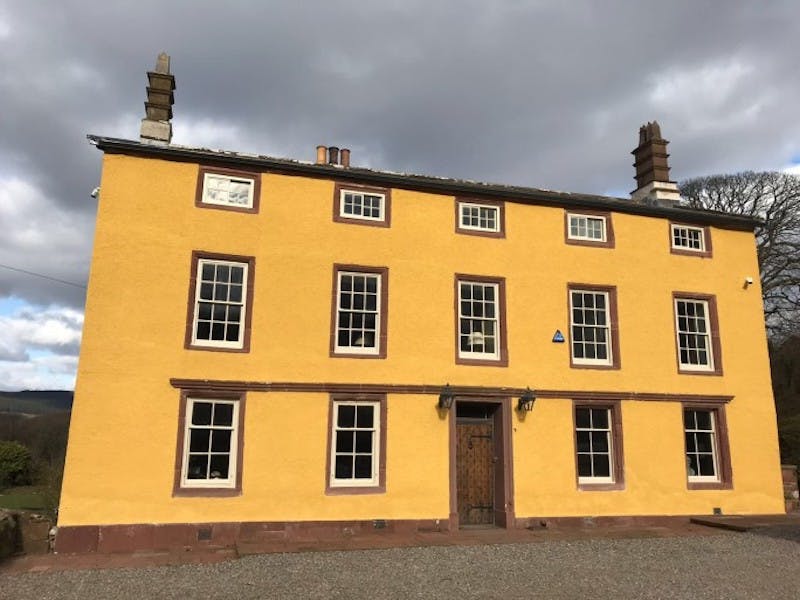The heroic rescue of a Grade A-listed mansion in the Scottish borders has been named as the best restoration of the year by heritage experts.
Marchmont House has scooped the prestigious, Sotheby’s-sponsored Historic Houses Restoration Award, which is run once a year to recognise the graft that goes into keeping the nation’s finest buildings going.

The Palladian pile was originally built in 1750 by Hugh Hume-Campbell, 3rd Earl of Marchmont, whose family owned it right up until the early 20th century, before an Edinburgh lawyer called Robert Finnie McEwen came along, remodelled the layout and boosted the overall size to a whopping 55,000 square feet. McEwen’s grandson sold the house to the Sue Ryder Foundation in 1988, and it languished vacant for the next 17 years.
A farmer called Oliver Burge had bought the 3,000-acre estate when it was carved off separately in 1988, and, together with his son Hugo, reunited the house and land when the former came up for sale again in 2005. Operating as Marchmont Farms Ltd, the team brought in experts including James Graham-Stewart Ltd for period furniture and rugs, Beaumont Nathan for pictures and modern sculpture, and Langton Interiors for curtains and floor coverings, to faithfully return it to former glories.

The Georgian interiors are now back to their best and filled with a collection of fine period furniture, much with Scottish provenance, juxtaposing the “important” assemblage of arts and crafts pieces and modern sculptures by Moore, Hepworth, Turnbull, Chadwick, Gormley and others.
Along with the rooms of the piano nobile, the house now contains a private apartment, house steward’s accommodation, a studio flat for visiting students, and a ten-bedroom attic with an arts and crafts theme which is available, like the rest of the house, for short-term rentals as part of the Burge’s business plan.

While work on the house is now complete, the old coach house over the garden wall is being renovated to house the apprentices of Laurence Neal, a third-generation rush-seated chair maker, in the Gimson tradition, currently based in Warwickshire.
Hugo Burge wants to make Marchmont a “centre for creativity”, and over 85% of the local firms and individual craftsmen who worked on the restoration came from south-east Scotland.

Hugo Burge: “My dream is to bring the house alive as a home for makers and creators. Not only being able to have an arts and crafts heritage tradition here, but a living arts and crafts heritage going on at Marchmont is very exciting.”
James Birch, President of Historic Houses: “The 2018 award presented us with tough choices. Faced with such different places, each special in their own way – and projects that are by their nature unique – comparisons will always have an element of subjectivity. Our membership of more 1,650 historic places across the UK already spends around £85 million a year on vital work, yet the value of outstanding repairs is still around £1.38 billion. Historic Houses places attract 26 million visits a year, generating £1 billion of spending and supporting nearly 34,000 full-time-equivalent jobs. But despite those successes we need to continue our work of helping our members to generate much-needed revenue.”
Harry Dalmeny, Chairman, Sotheby’s UK and Ireland: “Sotheby’s is again delighted to sponsor the Historic Houses Restoration Award. Marchmont’s renaissance is a tribute to the commitment shared by so many of the organisation’s members to the buildings in their care, and Hugo Burge’s ambitions for the house to be a driver of the local economy and a catalyst. The passing on of traditional skills is a perfect symbol of the wider social and aesthetic importance of independent heritage. Projects like this mean that people will be able to enjoy and use these houses for many more generations.”
The HHA judges also picked some runners-up; namely the restorations of Deene Park in Northamptonshire, a 16th-century house incorporating a medieval manor and erstwhile seat of the Earls of Cardigan, and Haile Hall in Cumbria, which was recently bought by Tristan Ponsonby and Stefano Todde from Lady Ponsonby, the former owner, keeping it in the family that has lived on the site for almost a thousand years.




